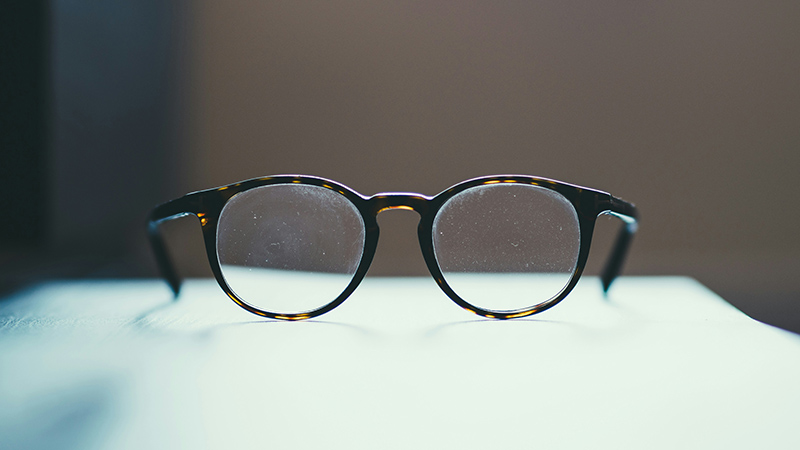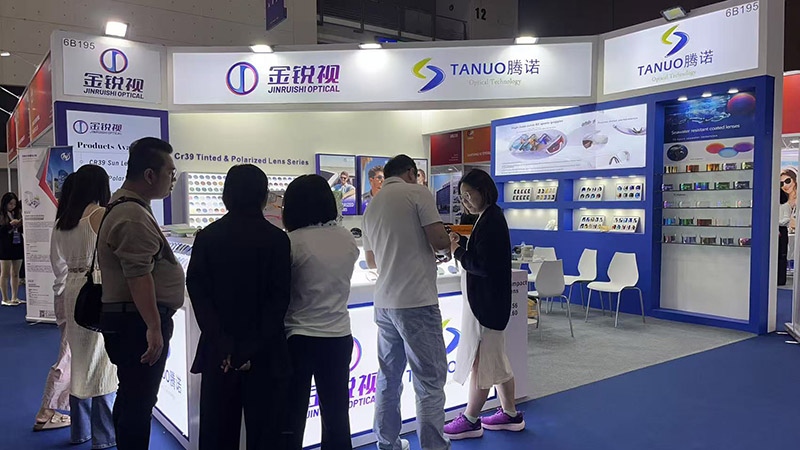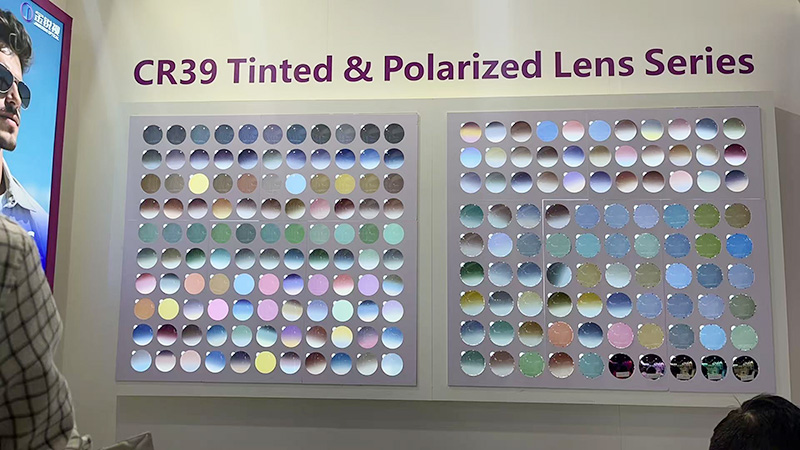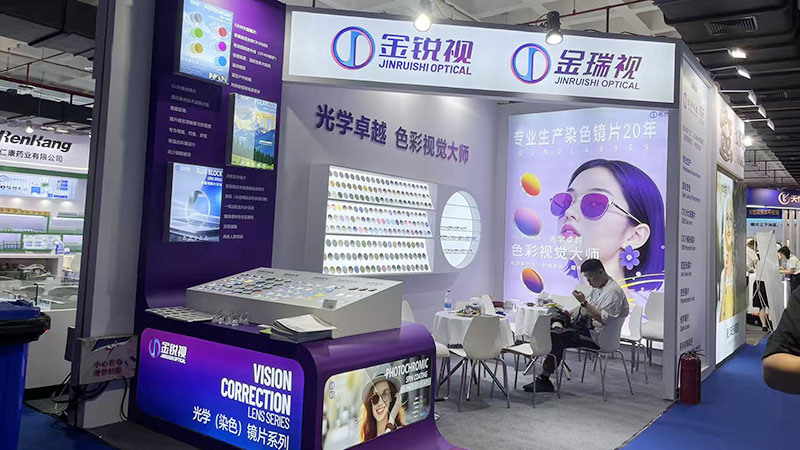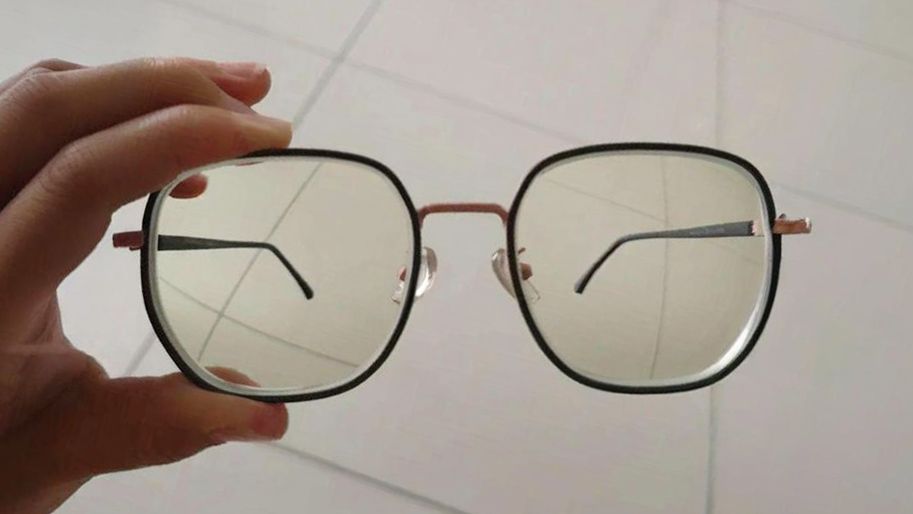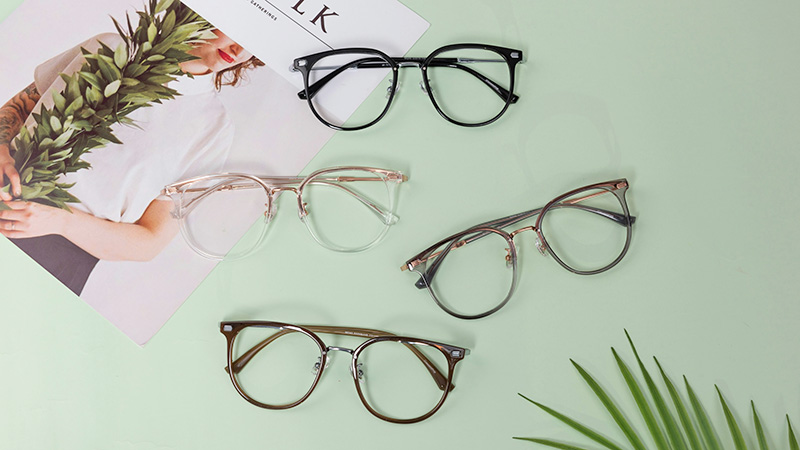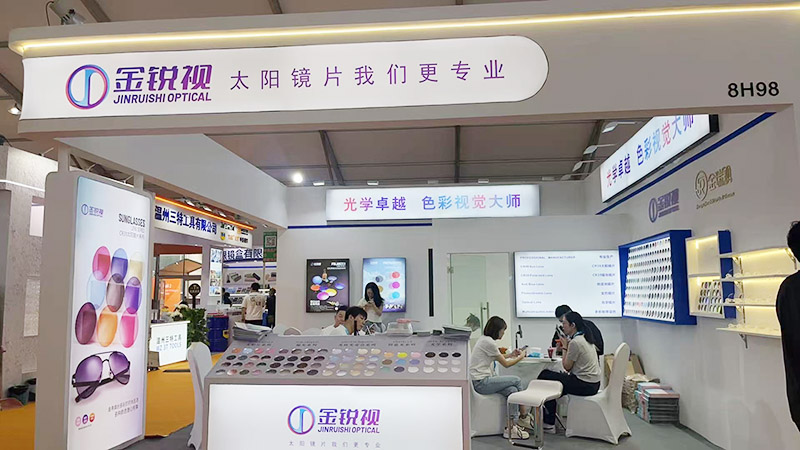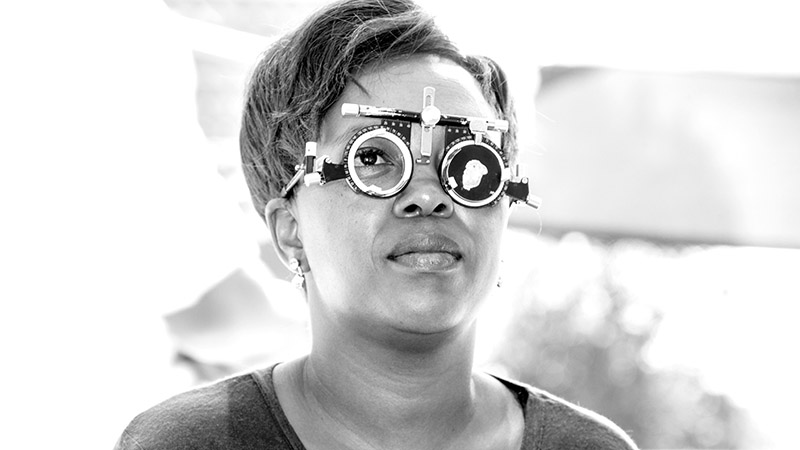Measuring axial eye length to monitor the progression of myopia.
Myopia is an irreversible farewell. Once a child develops myopia, it is mostly irreversible and requires glasses to see clearly, placing a layer of lenses, thick or thin, between them and the world.
According to a 2022 paper published in JAMA Ophthalmology, the earlier myopia develops in children, the higher the likelihood of developing high myopia in adulthood. Without intervention, if it progresses to high myopia, many exciting experiences may also have to be given up, such as riding roller coasters, free-fall rides, diving, and other extreme sports. More importantly, it can also affect academic advancement!
Although the onset of myopia is irreversible, there is one examination not included in routine optometry that can help us predict the onset of myopia and effectively assess its progression from another perspective. That is the axial length (AXL) measurement.
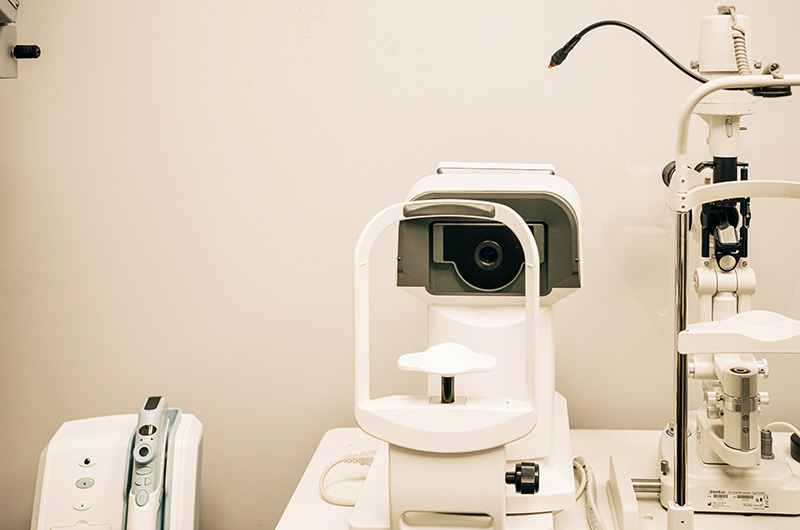
The relationship between axial length and myopia.
We often compare the eye to a camera, and the axial length is equivalent to the central axis of this device. Axial length refers to the distance from the cornea (similar to the camera lens glass) through the lens and vitreous body (identical to the camera lens) to the retina (similar to the camera film).
Do not underestimate this distance, because most people encounter axial myopia caused by elongation of the axial length. For people with myopia, the refractive power of the eye is determined by the corneal refractive power, lens refractive power, and axial length. Any change in these three parameters can lead to a change in the degree of myopia. Therefore, only when these parameters are in balance can light be perfectly focused on the retina, resulting in clear vision. Once the axial length of the eye becomes excessively long, the balance of refraction is disrupted, and the image of the object we see is focused in front of the retina rather than on the retina, resulting in blurred vision, which leads to axial myopia.
Let us first look at the increase in diopters corresponding to a 1 mm increase in axial length at different ages: for a 6-year-old child, if the axial length increases by 1 mm in that year, the corresponding increase in myopia would be 291 diopters; however, for a 7-year-old child, the same 1 mm increase in axial length would correspond to an increase of only 285 diopters. Therefore, excessively rapid axial elongation is the main cause of progressive myopia. To address this, we can perform an axial length examination, which takes only a few seconds, to accurately monitor changes in axial length and intervene in the progression of myopia.
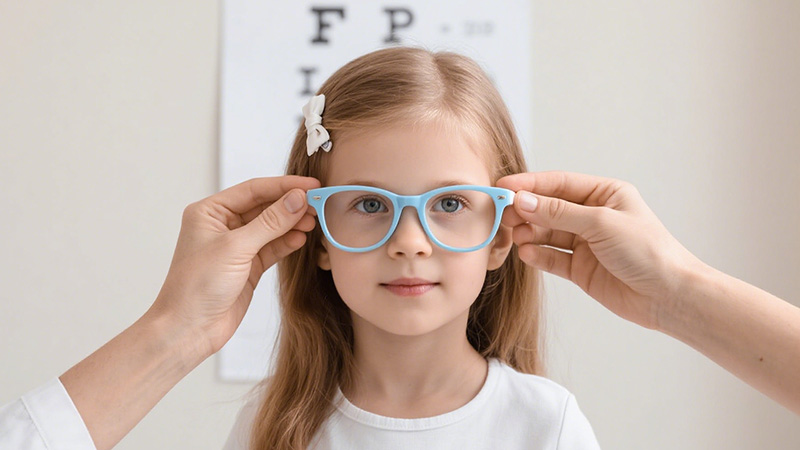
At this point, you may ask: if we want to prevent myopia, does that mean we need to stop the elongation of the axial length? Just like height, the axial length of the eye gradually develops and elongates with age. Moreover, the younger the individual, the faster the axial length grows, until it becomes relatively stable in adulthood. Adults should not take chances either—long periods of close-up visual tasks, such as looking at mobile phones, can still lead to continued axial elongation.
For children and adolescents in the growth and development stage, the ages of 8–13 happen to be a peak period for visual activity. The visual environment during this time is significantly different from before, making it a period of rapid myopia progression. Parents should therefore choose hospitals or optometry centers with professional axial length measurement capabilities to have their children’s eyes examined regularly and to maintain continuous records of axial length and other vision-related data.
How often should the axial length of the eye be measured?
● For children who have already developed myopia, a vision screening can be conducted every 3 months;
● For children who have not yet developed myopia, it is recommended to conduct a vision screening every 3 to 6 months.
If the child has myopia and wears glasses, it is also advisable to consider adjusting the myopia management plan by using more effective lenses with special designs to effectively manage the progression of myopia.



